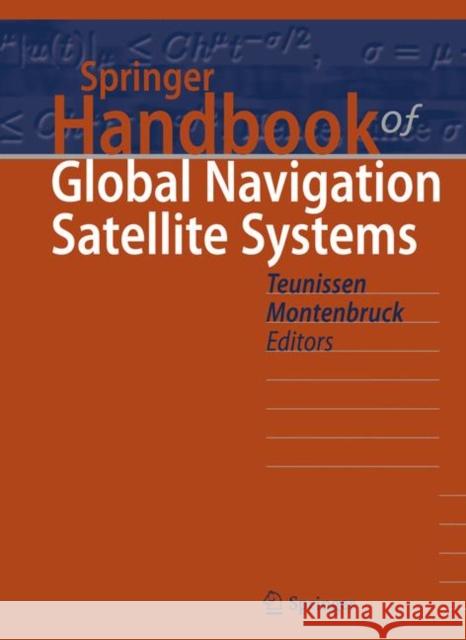Springer Handbook of Global Navigation Satellite Systems » książka
topmenu
Springer Handbook of Global Navigation Satellite Systems
ISBN-13: 9783030731724 / Angielski / Twarda / 2021 / 1268 str.
Kategorie BISAC:
Wydawca:
Springer
Seria wydawnicza:
Język:
Angielski
ISBN-13:
9783030731724
Rok wydania:
2021
Wydanie:
2017
Numer serii:
000802774
Ilość stron:
1268
Waga:
3.11 kg
Wymiary:
26.16 x 20.32 x 4.83
Oprawa:
Twarda
Wolumenów:
01











